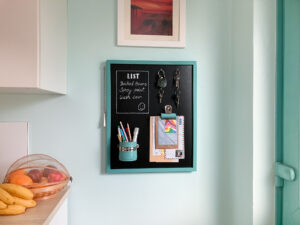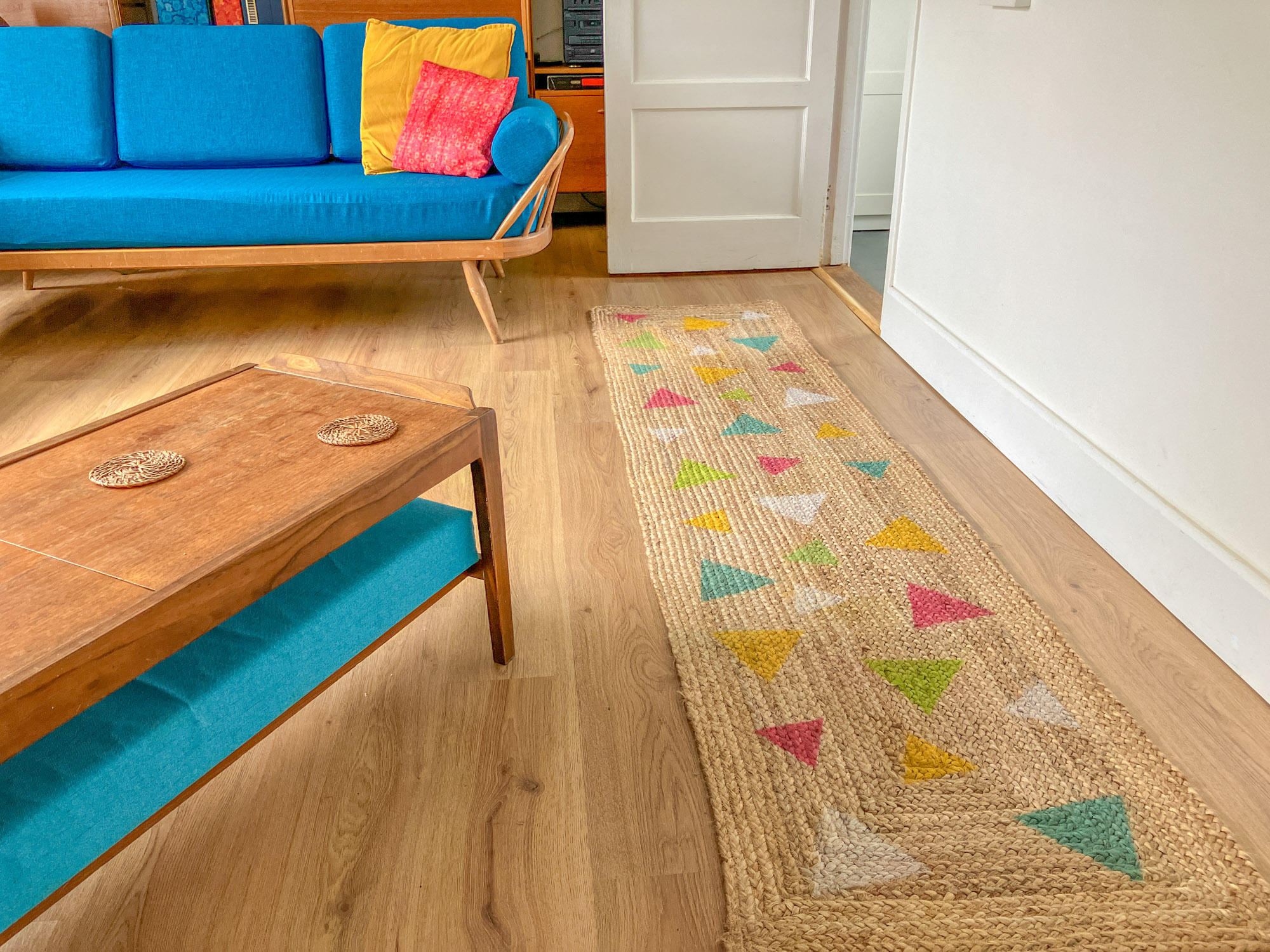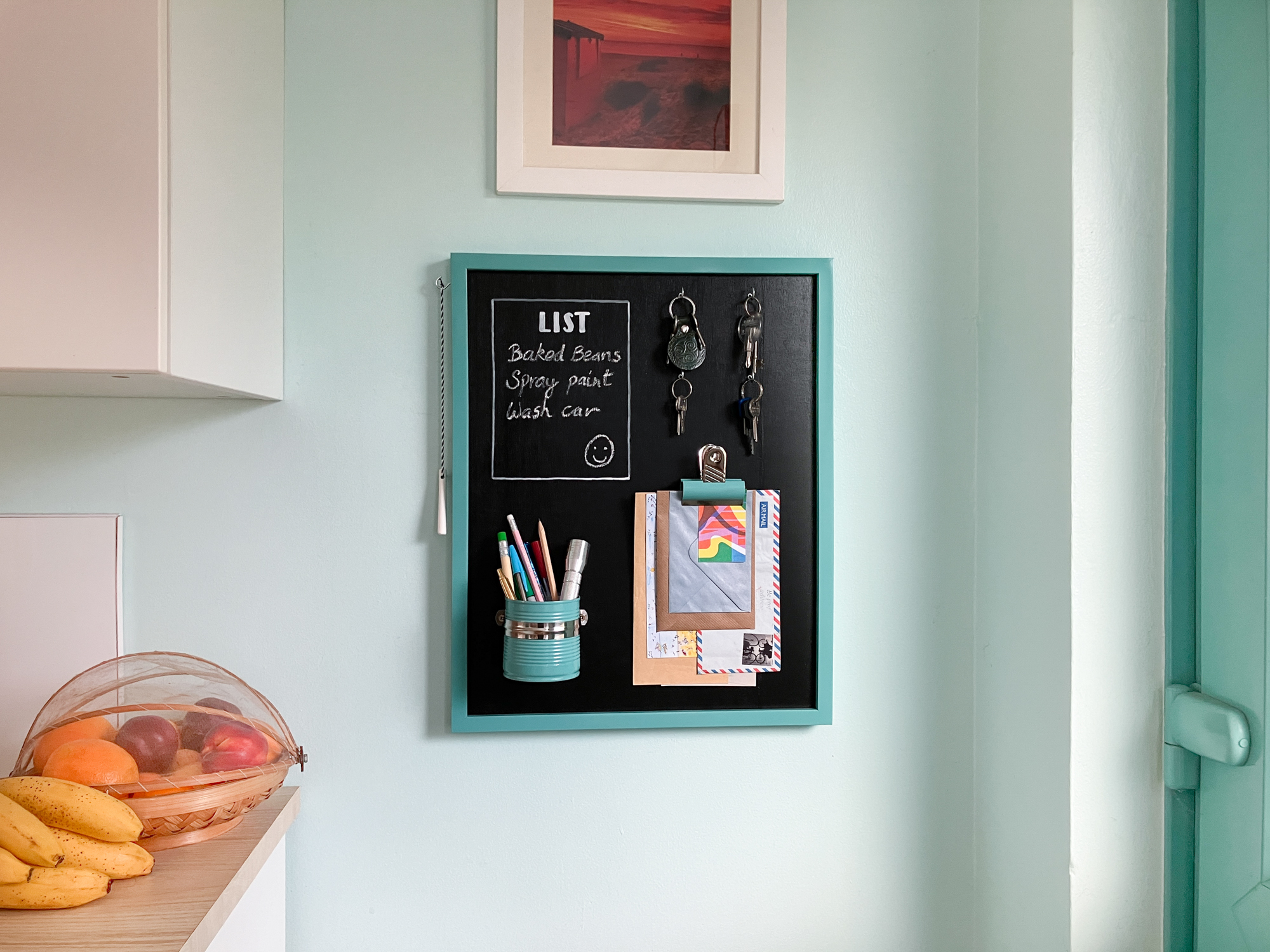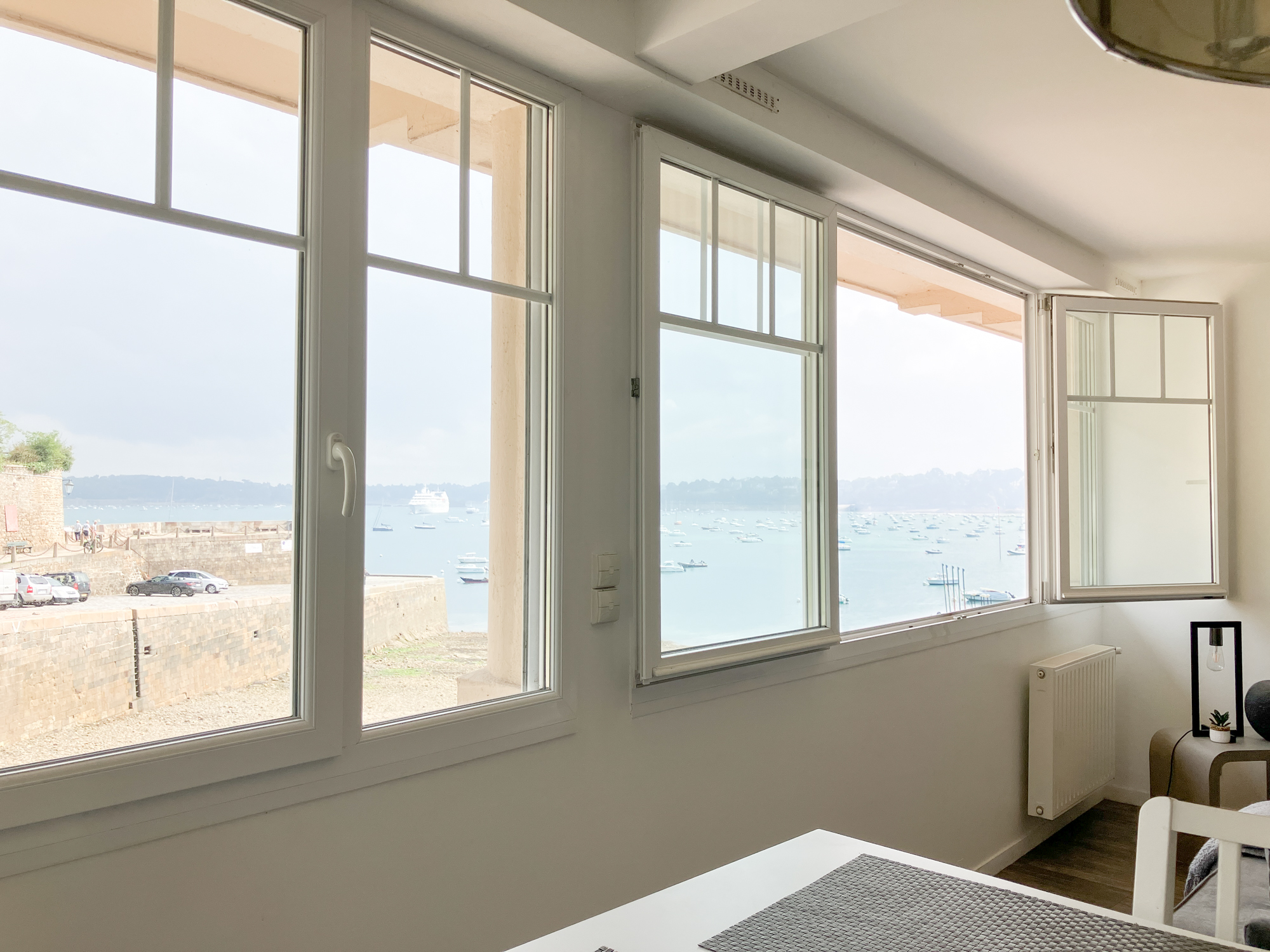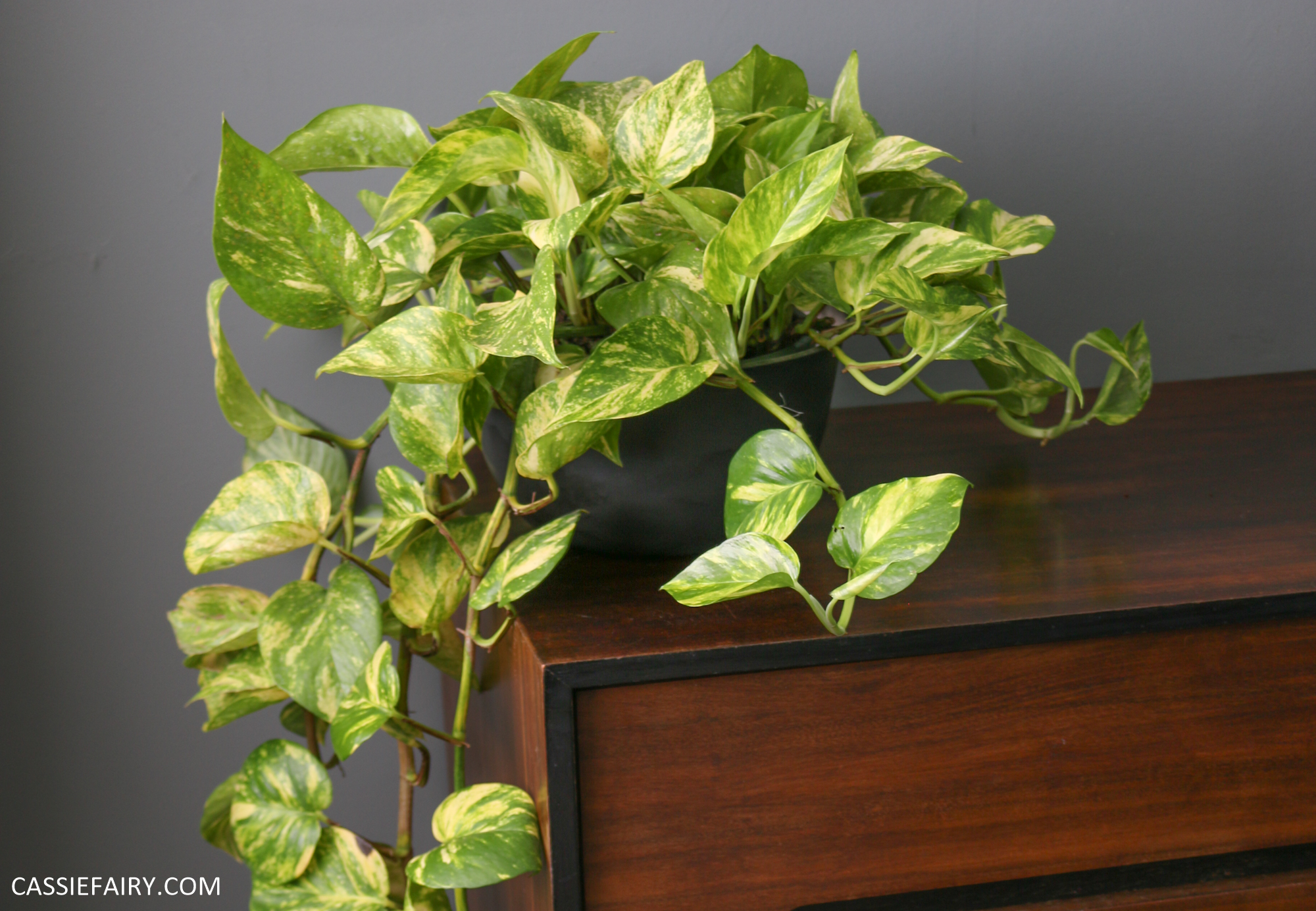
If you want to tackle those DIY tasks yourself, you can definitely do it – you just need to put some work into learning some simple skills and gathering the things you need to achieve the project. With the right knowledge and a little bit of practice, you’ll be getting DIY projects done quicker and more easily than you ever thought you could.
Here are three tips that helped me when I started DIYing and I’m sure they’ll be handy for you too:
1. Know What Tools & Equipment You Need
Every DIY project needs specific tools and equipment to get it done so it’s always worth gathering these together before starting anything. You wouldn’t want to be in a position where you need to rush out and get something in the middle of a project. This has happened to me on more than one occasion!
Think of a DIY project like baking a cake – you need all the ingredients on the list to be able to cook it, don’t you? There’s not much point in trying to make a cake if you don’t have any eggs in the house. Although I did try to do this once, because ‘the internet’ told me you could substitute eggs for apple sauce. It turns out you can’t. Unless you want an inedible cake that even the birds won’t eat when you put the crumbs out on the bird table!

Sanders, hammers and similar tools will all be obvious, but many projects require specialist items such as stainless steel flanges, castors or brackets. Consider exactly what you need in order to get the job done, and head to the hardware store if you need to pick up anything you don’t already have.
The bonus is that, once you have a stock of screws, tools, sandpaper and so on, all your future DIY projects will go much more smoothly.

2. Learn How To Plan
Plenty of DIY projects take a decent bit of time. There will be specific steps involved and you’ll need to be aware of them in advance. Again, like reading through the recipe before you start baking, if you figure out the steps you need to take, you can cut down the time and effort any DIY project takes.
For example, if you know that you will need to wait for some filler to dry before you can paint your project, you can prioritise the filling task first and then get on with other elements while it dries, such as measuring, cutting, assembling etc. By knowing how to plan out the steps of your project, you’ll make the entire process a lot easier for yourself.
So, once you’ve got your tools and equipment ready, sit down and map out what you’ll need to do for a project. While this could take a little time, it’ll be more than worth it to avoid waiting around literally watching paint dry when you’d rather be getting on with the project.
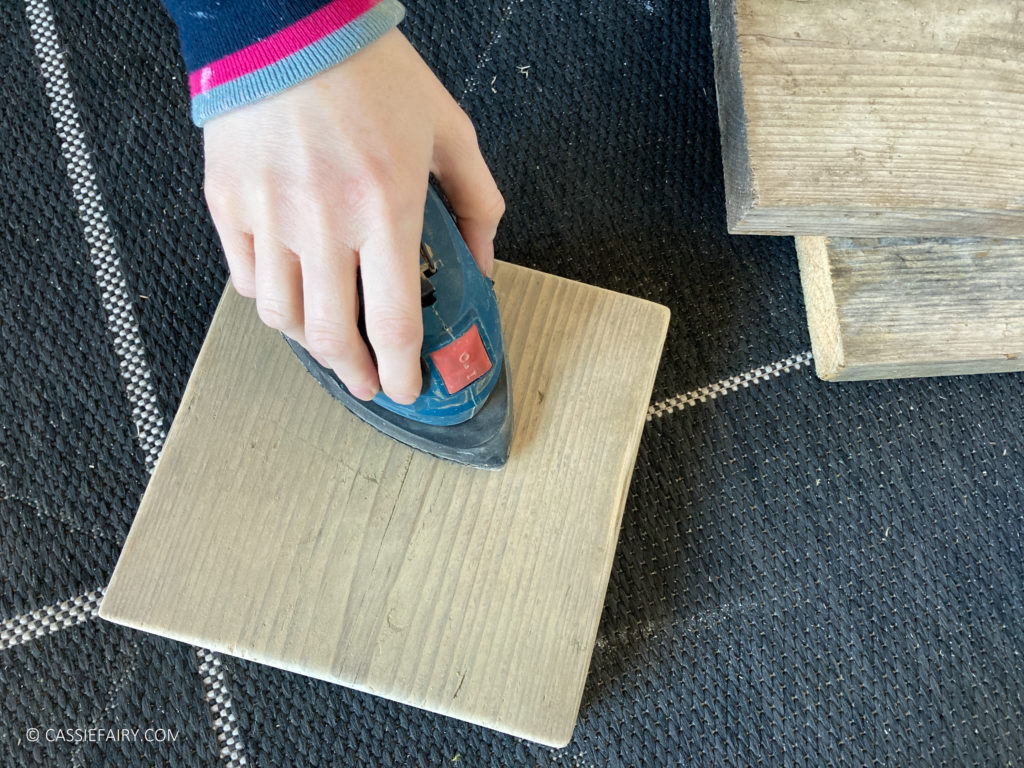
3. Don’t Be Afraid Of Mistakes
There’s always a chance you’ll make mistakes when you’re doing any kind of DIY project. In most cases, these will be relatively minor. That doesn’t they’re a bad thing – instead, look at them as learning opportunities.
You’ll know how to avoid making the same errors the next time around, so there’ll be nothing to worry about when you pick up your tools to DIY in the future. Figuring out how to fix a problem or come up with an alternative method is all part of the fun of DIYing – even if you have a step-by-step guide that you’re following, the project YOU are doing will be slightly different and will need adjusting to suit the materials and tools you have.

You don’t need to do any courses or spend a lot of time trying to become a DIY expert. Instead, it’s just a matter of knowing what materials you need and figuring out the steps to complete the project. Once you do, you shouldn’t have a problem completing any DIY projects in the future.
I hope this blog post has given you the encouragement to have a go at trying DIY for yourself. Let me know your DIY success stories in the comments below, I’d love to hear what you learned and how you achieved your projects.
Pin it for later
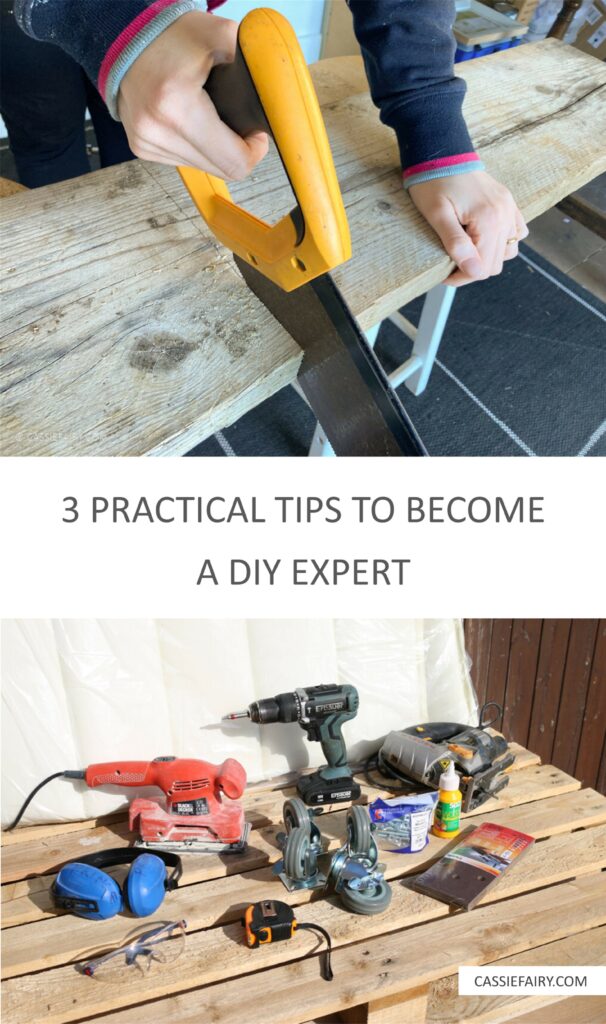
This blog post is a collaborative post. The blog post reflects my own experience and the sponsor hasn’t had any control over my content 🙂













